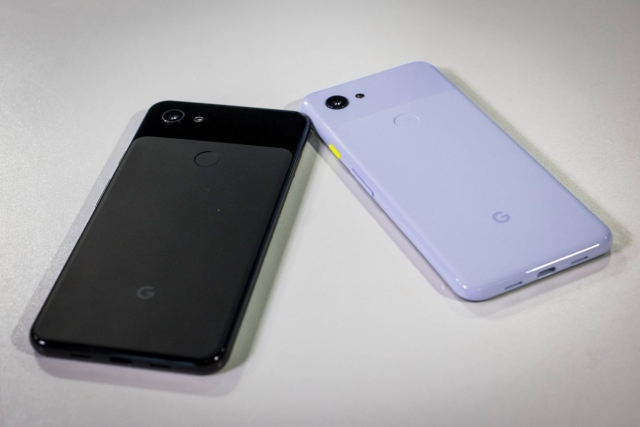In case you lost your ticket to the latest Google fest last week (Google I/O 2019), the company launched a pair of new ‘good enough’ ($400 and $480) smartphone devices, among other important announcements and upgrades in the Google-verse. The Pixel 3a and 3a XL are meant to break open the lagging smart device market using less expensive components including a (slightly) reduced pixel screen display and slower processor to power the Android based OS. So what are Google’s chances of becoming a major player in the flat smartphone space, now dominated by four figure flagships from Apple and Samsung? Very good, and here’s why.

Google’s strategic prices include a $400 Pixel 3a, and $480 (about 17% higher) for the XL version that adds 0.4-inch diagonal over the 5.6-inch display on the Pixel 3a.
 Google I/O 2019 last week in Silicon Valley, Source: Google
Google I/O 2019 last week in Silicon Valley, Source: Google
Here are the specs on each OLED displays devolution to help lower market price:
Pixel 3a includes a fullscreen 5.6 inch diagonal / 142.2mm display with 2220 x 1080 pixel resolution using OLED at 441 ppi. For a point of reference, Apple’s +$1000 flagship Xs model offers a 5.8-inch diagonal display / 155mm display with 2436 x 1125 pixel OLED at 458 ppi.
Google’s Pixel 3a XL display is a fullscreen 6.0 inch diagonal / 152.4mm display with 2160 x 1080 pixel resolution OLED at 402 ppi. The Apple flagship XS Max display is a 6.5-inch diagonal / 170mm display with 2436 x 1125 pixel resolution OLED display at 458 ppi.

Other characteristics of the Pixel 3a display include:
- 18.5:9
- Always-on Display
- Now Playing
- 100,000:1 super contrast ratio
- True black level
- Full 24-bits depth or 16 million colors
- D67 Whitepoint
Other features of the Pixel 3a XL display include:
- 18:9
- Always-on Display
- Now Playing
- 100,000:1 super contrast ratio
- True black level
- Full 24-bits depth or 16 million colors
- D67 Whitepoint

On the processor side Google opted for the Qualcomm Snapdragon 670, a mid-range 64-bit ARM the company introduced last year. It’s an 8-core chip with integrated GPU and enough horsepower to get most smartphone tasks done rather well. See Wikichip.org for more details and complete spec.
One other note, the camera, probably the most used non-phone feature on any smartphone, is the same as Google’s flagship Pixel 3 (including the night shift feature for outstanding low light images.) That’s a plus, and probably didn’t add much to the price allowing Google to keep a consistent image making device that will score high in any review.
So in the midst of sagging smartphone sales, driven by lower conversion rates to the newest four figure (+$1000) smartphone devices from Apple and Samsung, Google is turning the other way looking for traction in the ‘good enough’ category. The company is betting on an outstanding value trumping high-end, studio monitor quality hand held displays, and just a tad slower processors that deliver that app-on experience a millisecond or two slower, to be a worthy time investment that will save hundreds of dollars up front. — Stephen Sechrist
Google Launches Pixel 3 and Pixel 3 XL — Pre-orders Now Open
iFixit Confirms Google Pixel 3 XL Features Samsung AMOLED
Xiaomi Launches a Snapdragon 845 Smartphone for $300
Qualcomm Announces New Snapdragon 845 Mobile VR Reference Design
Snapdragon 645 Boosts Foveated Rendering

